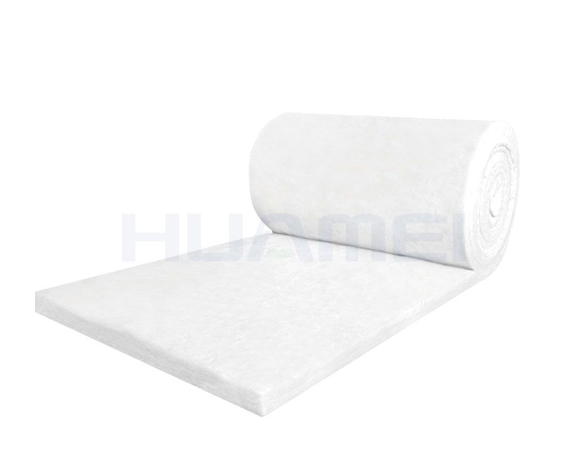E-mail: marketing@hbhuamei.com
Glass wool insulation products and rock wool insulation products have now become the main insulation materials. Various insulation materials are also used for household needs, industrial needs, and major businesses. It's important to make sure you have the best insulation for the job. Both have their advantages and disadvantages. We have outlined some of the important factors to consider when deciding whether fiberglass or mineral wool is best for your project.
Glass wool, also known as fiberglass, is made from a mixture of natural glass and recycled glass (recycled bottles, car windshields, and window glass) that is melted at 1,450 °C and then quickly spun into fibers. These fibers are then combined and used as an insulating material. Since air is a poor conductor of heat, the glass fibers create bubbles that act as a barrier to prevent heat loss. Glass wool can be found in wool and rolls, as well as in insulation boards.

Formaldehyde-Free Glass Wool
Made from volcanic rock (dolomite, pyrochlore and basalt), rock wool is not a recycled material, but an abundant resource. Slag wool is made from scrap recycled from blast furnaces. Asbestos wool has higher quality and performance than slag wool, although both are often referred to as rock wool. These raw materials are processed in a similar manner to glass, melted at high temperatures (about 1,500°C) and then spun into fibers. These wools are then packaged into wools, rolls, or boards.
There has been much debate about the benefits of rock wool compared to glass wool insulation. There is also a lot of misinformation around these two materials in developing countries around the world. The simple answer is that the best material depends on the application and the specific performance requirements.
R-value measures the resistance to heat transfer from one side of an object to the other. The higher the R-value, the higher the resistance and the better the insulation ability. When comparing the two, glass wool has a slightly lower R-value of about 2.2-2.7 compared to mineral wool's 3.0-3.3, which means it is slightly less effective at preventing conducted heat loss.
The fiber properties of glass wool facilitate a high degree of compression of the product without affecting the recovery to the desired thickness after unpacking, thus improving transportation and storage efficiency. The properties of rock wool do not allow the product to be highly compressed in the package, resulting in relatively low transportation and storage efficiency.
If you are on a budget, then glass wool may be the insulation of choice. It costs about 10% less than rock wool and can still effectively insulate your home to reduce heat loss and energy costs.
Copyright © Huamei Energy-saving Technology Group Co., Ltd. All Rights Reserved | Sitemap | Privacy Policy
Insulation solutions LIST: Insulation solutions LIST